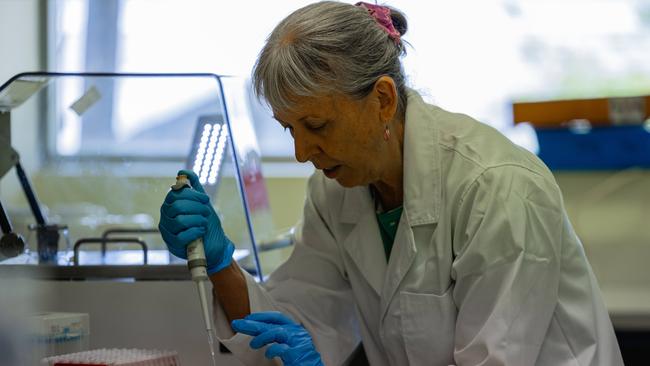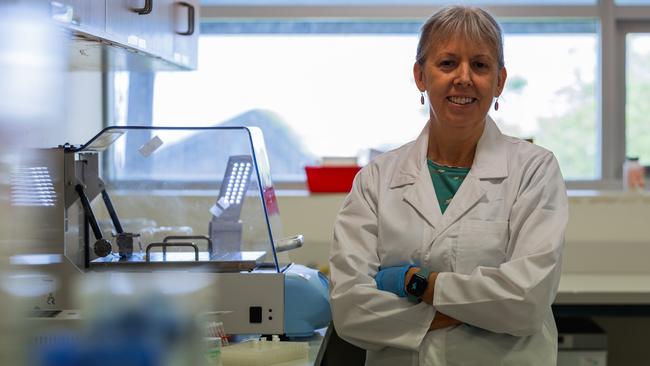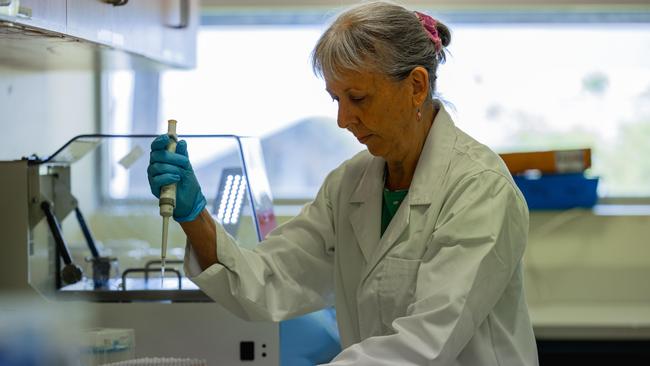A global faecal contamination study has ranked the Darwin Harbour as one of the best in the world
Faecal contamination of Darwin Harbour from sewage is much lower compared to the rest of the world, a global study has found. Find out why.

News
Don't miss out on the headlines from News. Followed categories will be added to My News.
Faecal contamination of Darwin Harbour from sewage is much lower compared to the rest of the world, a global study has found.
A study involving 23 universities and institutes around the world, including Charles Darwin University’s (CDU) Research Institute of the Environment and Livelihoods (RIEL), examined waste and control water samples from 18 cities across five continents – including Darwin Harbour.
The study, Universal microbial indicators provide surveillance of sewage contamination in harbours worldwide, was published in the journal of Nature Water.

Researchers tested samples for human faecal bacteria, using an alternative method which identifies two human gut bacteria: Bacteroides (HF183) and Lachnospiraceae (Lachno3).
The typical method for detecting contaminated waterways is to test for the presence of Escherichia coli and Enterococcus bacteria.
These bacteria, however, are not human specific and multiply in the environment, so are an indirect measure of faecal pollution.

Although the study found more than half of the sampled sites had a clear signal of wastewater pollution, Darwin had cause to celebrate coming nearly last, with the Top End harbour recording one of the lowest concentrations of HF183 among all 18 cities.
Rio de Janeiro was found to have the second-highest level of human faecal markers.
The results were not surprising for study co-author RIEL Environmental Microbiologist Professor Karen Gibb, who said low concentration of HF183 can be partly attributed to Darwin’s smaller population.

Ms Gibb also said the results indicated the effectiveness of Darwin’s waste stabilisation ponds.
“Our research prior to this study has shown that the effluent in Darwin’s waste stabilisation ponds undergoes a major change from high levels of faecal bacteria as it enters the ponds, through to extremely low levels as the effluent moves through the multiple pond system,” she said.
“By the time it exits the ponds the bacteria present are largely environmental bacteria you would find in a nutrient-rich tropical pond.
The Leanyer Waste Stabilisation Ponds collect wastewater from 50,000 Darwin residents and treat an average of 15m litres each day.
More Coverage
Originally published as A global faecal contamination study has ranked the Darwin Harbour as one of the best in the world




